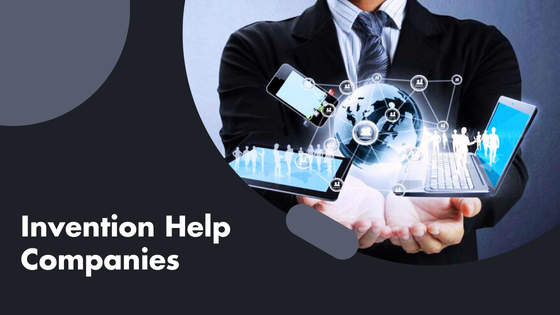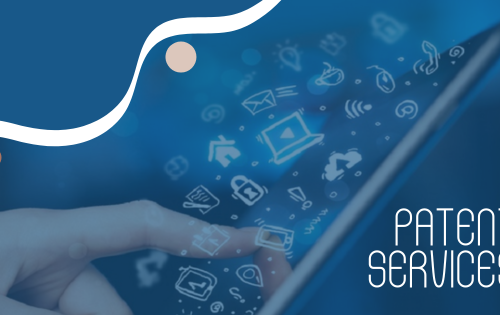
How to Turn Your Invention Idea into a Marketable Product
Turning an invention idea into a marketable product is a journey that requires a blend of creativity, diligence, and strategic planning. Many inventors encounter various challenges along the way, from ensuring their idea is original to navigating the complexities of patenting and marketing. Companies like InventHelp can be invaluable partners in this process, offering a range of services designed to transform promising concepts into commercially viable products. Here’s a step-by-step guide on how to bring your invention to market.
Conceptualization and Ideation
The first step is to develop a clear and detailed understanding of your invention. Document your idea thoroughly, including sketches, descriptions, and any functionalities that make your invention unique. This will serve as the foundation for every subsequent step.
Questions to Consider:
- What problem does your invention solve?
- How does it differ from existing solutions?
- Who is your target audience?
Research and Feasibility Analysis
Before investing significant time and resources, it’s crucial to conduct a feasibility analysis. This involves researching the market to ensure there’s a demand for your invention and examining the competition to identify any similar products.
Key Steps:
- Conduct a patent search to ensure your idea is novel. InventHelp can assist in performing detailed patent searches to identify existing patents that might conflict with your idea.
- Analyze market trends and potential competitors.
- Should I Use InventHelp To Get Started With My Invention Idea? This is a common question among inventors, and given the complexities involved, partnering with a company that has expertise and established processes can provide much-needed guidance and support.
Prototyping
Creating a prototype is essential for visualizing and testing your invention. A prototype can help you refine your design, identify potential issues, and provide a tangible model to present to potential investors or partners.
Considerations:
- Choose the right materials and methods for your prototype.
- Collaborate with engineers or product designers if necessary. InventHelp connects inventors with professionals who can help develop functional prototypes.
Patent Protection
Protecting your intellectual property through patents is a critical step in safeguarding your invention from being copied. A strong patent provides legal protection and can enhance the commercial value of your product.
Steps Involved:
- Draft your patent application meticulously, ensuring all details are covered.
- Work with patent attorneys or agents to navigate the intricacies of the patenting process. InventHelp can provide access to experienced legal professionals who specialize in intellectual property law.

Marketability Assessment
Understanding the commercial potential of your invention is vital. Marketability assessments help evaluate how well your product will perform in the marketplace and identify any adjustments needed to appeal to consumers.
Assessment Components:
- Market trends analysis
- Consumer behavior studies
- Competitive landscape evaluation
InventHelp offers marketability assessments to help inventors make informed decisions about moving forward with commercialization.
Manufacturing and Production
Once your invention is patented and you’ve validated its market potential, the next step is manufacturing. Choose a production method that balances cost, quality, and scalability.
Factors to Consider:
- Selection of reliable manufacturers
- Production cost estimates
- Quality control measures
Marketing and Licensing
With your product ready for the market, you need a robust marketing strategy to reach your target audience. This may involve online marketing, trade shows, and direct sales efforts.
Marketing Strategies:
- Develop compelling branding and packaging.
- Leverage social media and online advertising.
- Create marketing materials, such as brochures and videos.
InventHelp assists inventors in developing marketing strategies and materials, as well as facilitating connections with potential licensees, manufacturers, and distributors through their extensive network.
Launch and Sales
The final step is launching your product to the market. This stage involves executing your marketing plan, establishing sales channels, and continually collecting feedback to improve your product.
Launch Tips:
- Use a multi-channel approach to maximize reach.
- Organize a product launch event or webinar.
- Monitor sales performance and customer feedback for ongoing improvements.
Conclusion
Turning your new invention idea into a marketable product is a multifaceted process that demands a combination of creativity, strategic planning, and execution. Partnering with a company like InventHelp can provide invaluable assistance at every stage, from patent searches and legal support to prototyping, market assessments, and marketing strategies. By leveraging these resources, inventors can turn their innovative ideas into successful, marketable products that address consumer needs and make a tangible impact in their respective industries.
You May Also Like

Are You Headed to Hair Loss?
November 6, 2022
Barn Door Hinges
August 7, 2021

